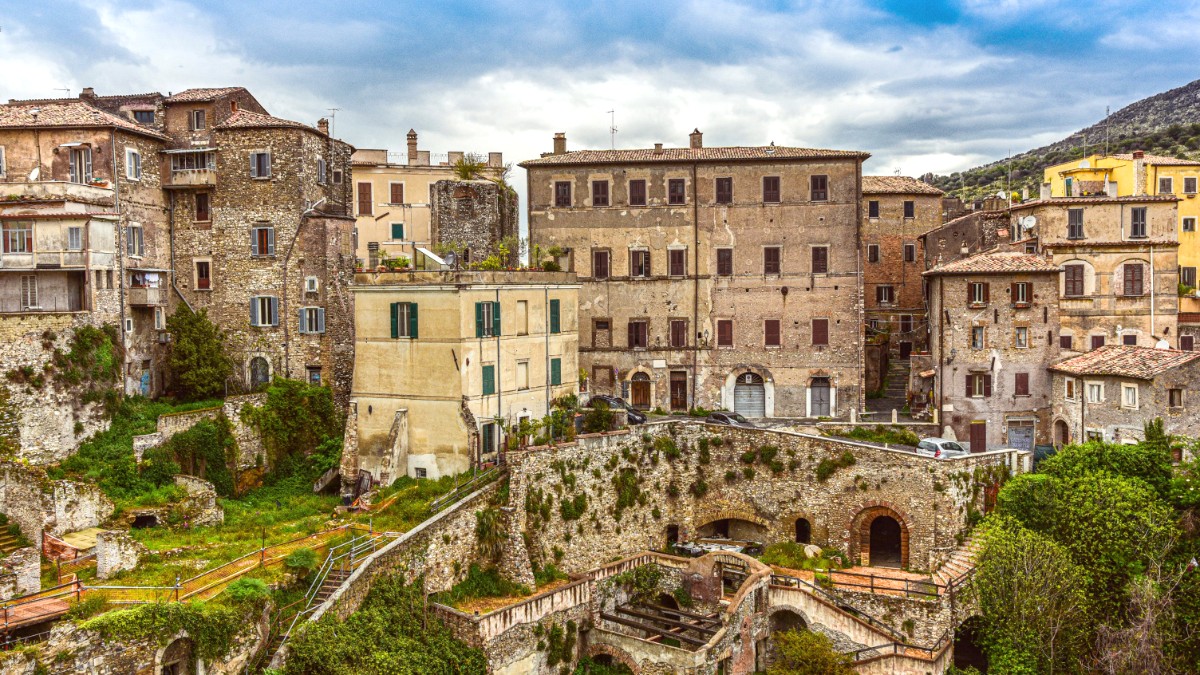
Lazio, Italy
This guide details comprehensive information, supporting a successful and enriching visit.
Tivoli’s historical roots run deep, predating even Rome. Known as "Tibur" in ancient Roman times, the town gained renown as a favored retreat for emperors, aristocrats, and poets. This cultured escape laid the groundwork for the two UNESCO World Heritage Sites that define Tivoli’s global importance.
Hadrian's Villa (Villa Adriana), from the 2nd century AD, was an imperial city designed as Hadrian's personal residence. It integrates Egyptian, Greek, and Roman architectural styles, demonstrating advanced Roman engineering. Villa d'Este, a 16th-century villa, celebrates its extraordinary terraced gardens, a pinnacle of Renaissance garden design. Its astonishing number of fountains, cascades, and water features draw power from the Aniene River through an ingenious hydraulic system. Beyond these two titans, Tivoli also hosts Parco Villa Gregoriana, a 19th-century Romantic-era park with a dramatic artificial waterfall.
As of 2023, Tivoli maintains a population of approximately 56,000 residents. Its area spans 68.6 square kilometers (26.5 square miles). The dialing code for Tivoli is +39 0774, which one may use to contact local services or businesses directly.
Tivoli holds other historical treasures. The Rocca Pia, a 15th-century fortress, offers impressive exterior views. The Tempio di Vesta and Tempio della Sibilla, two ancient Roman temples, dramatically crown the gorge. The historic thermal springs (Terme di Tivoli) have drawn visitors since Roman times, offering therapeutic sulfurous waters. The fertile surrounding countryside is known for its olive oil production and local wines.
Intriguing with its vast, innovative ruins, inviting exploration of an emperor's vision.
Captivates with its dynamic water-powered gardens, a feast for the senses.
A contrast, demonstrating nature's raw power alongside ancient remnants.
A 15th-century fortress, offering impressive exterior views.
Ancient Roman temples, dramatically crowning the gorge.
Visitors have opportunities to taste local products in the town's trattorias and shops, connecting with the authentic flavors of Lazio. This blend of ancient history, Renaissance art, natural beauty, and local production makes Tivoli a multi-faceted destination.
The historic thermal springs (Terme di Tivoli) have been a draw since Roman times, offering therapeutic sulfurous waters for relaxation and health treatments.
The fertile surrounding countryside produces renowned olive oil and local wines, reflecting the region's rich agricultural heritage.
Tivoli offers an unparalleled journey to understanding the evolution of art, architecture, and engineering through different historical epochs.
Walking often yields the most rewarding experience of Tivoli's historic charm. Public transport, taxis, and rental options complete the picture for navigating the town and wider region.
Tivoli’s historic center is largely pedestrian-friendly, with narrow, winding alleys and charming squares. The grounds of Villa d'Este, Parco Villa Gregoriana, and Hadrian's Villa are best explored on foot.
The main way to discover the historic center and extensive villa grounds.
Local CAT buses connect the town center to Hadrian's Villa and other areas.
A direct option, especially for Hadrian's Villa or when convenience is priority.
Tivoli's public transport network relies on hubs for connections: